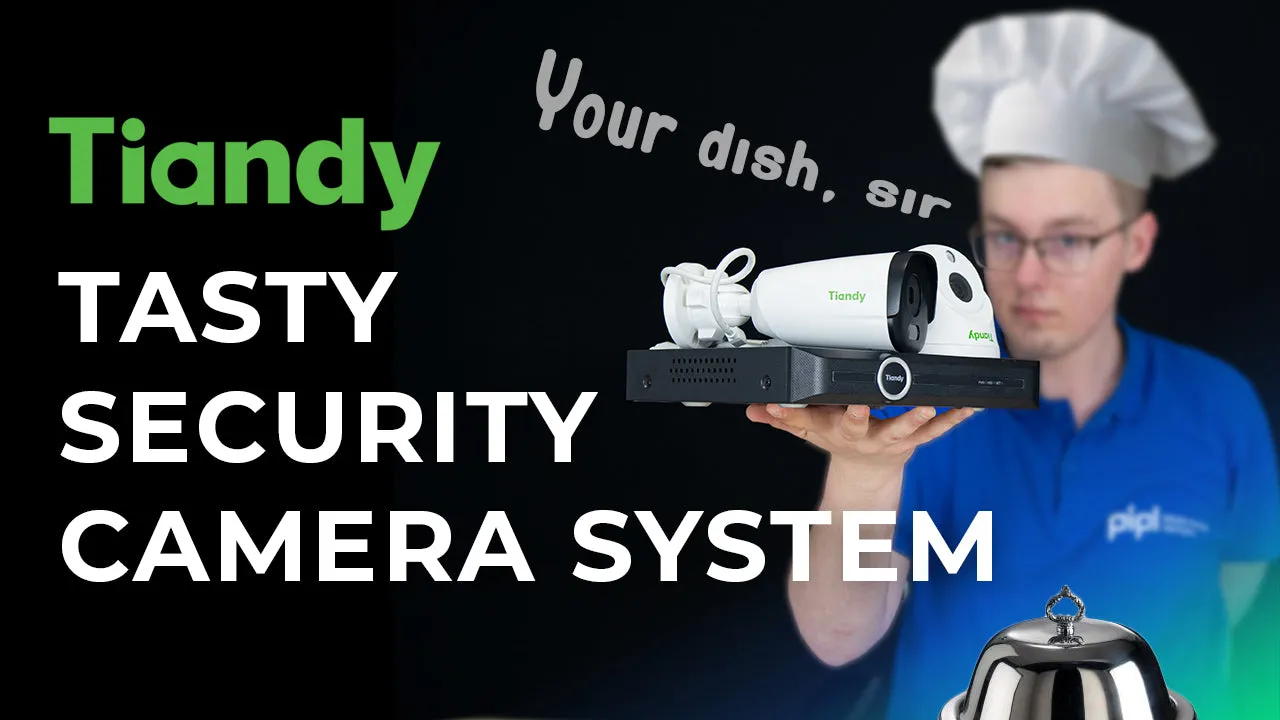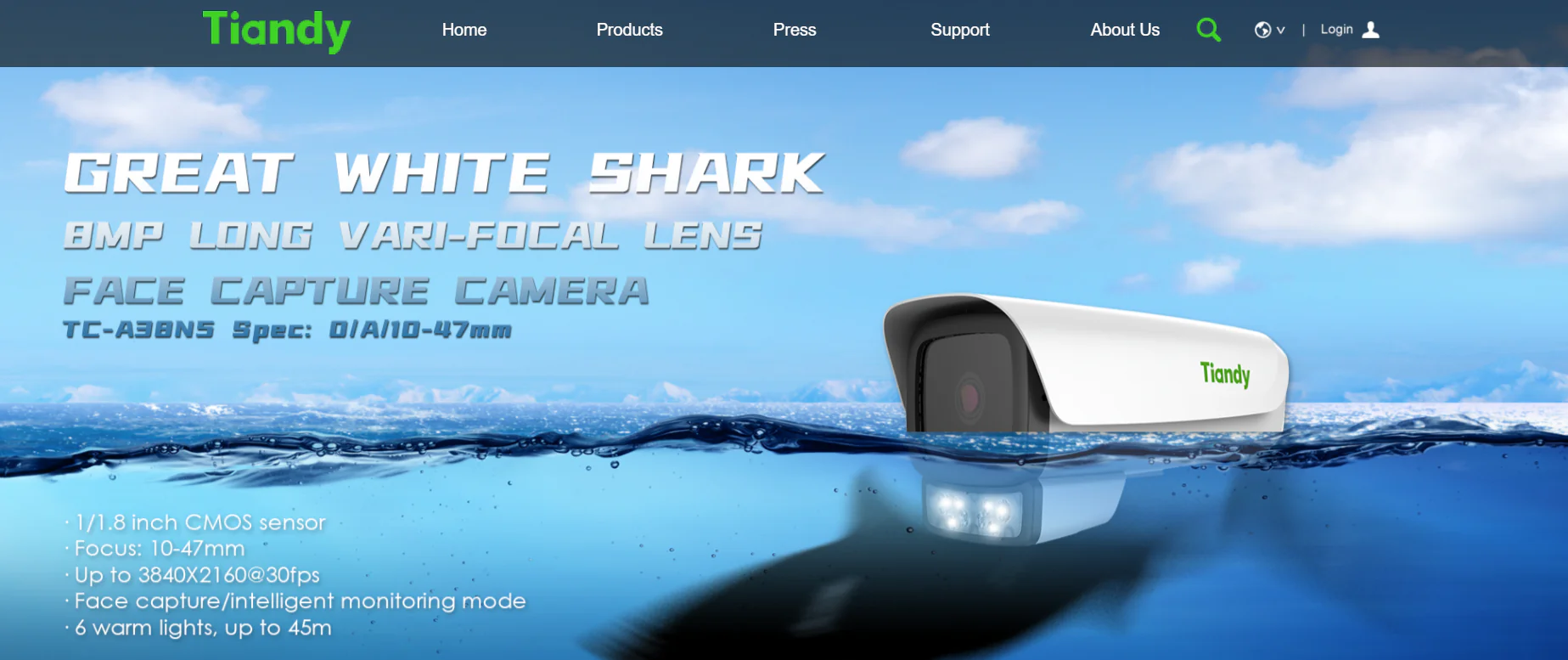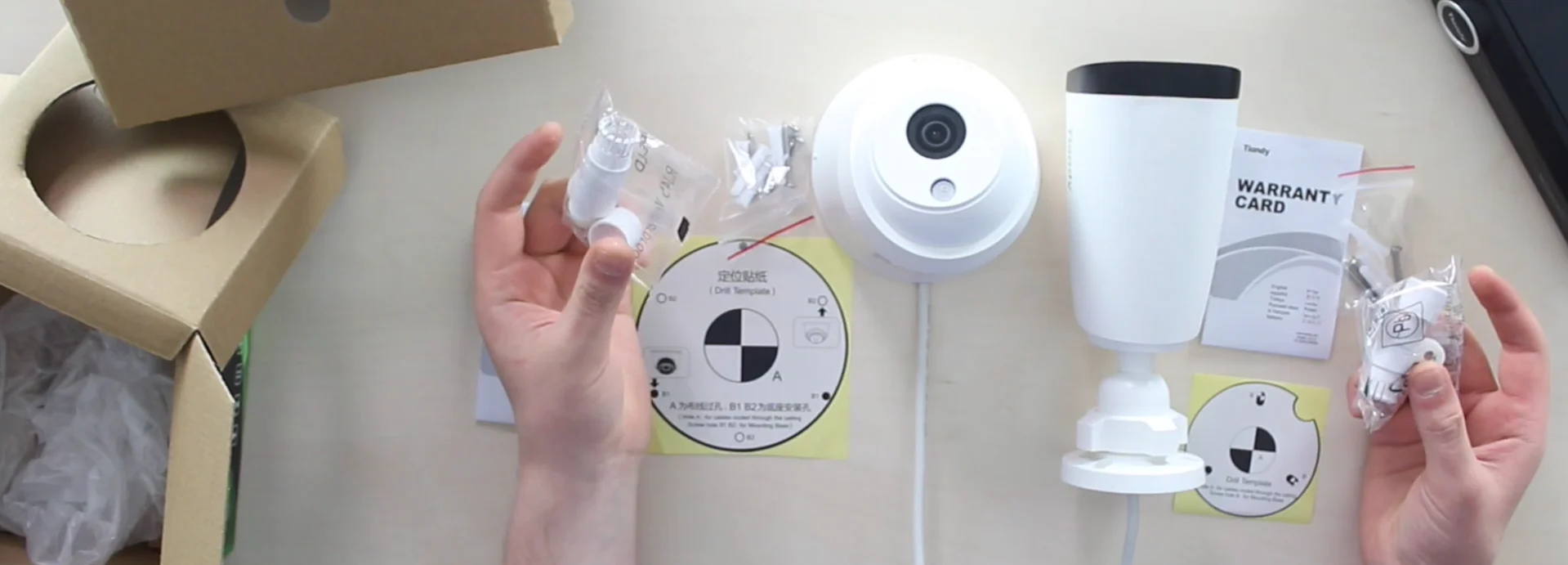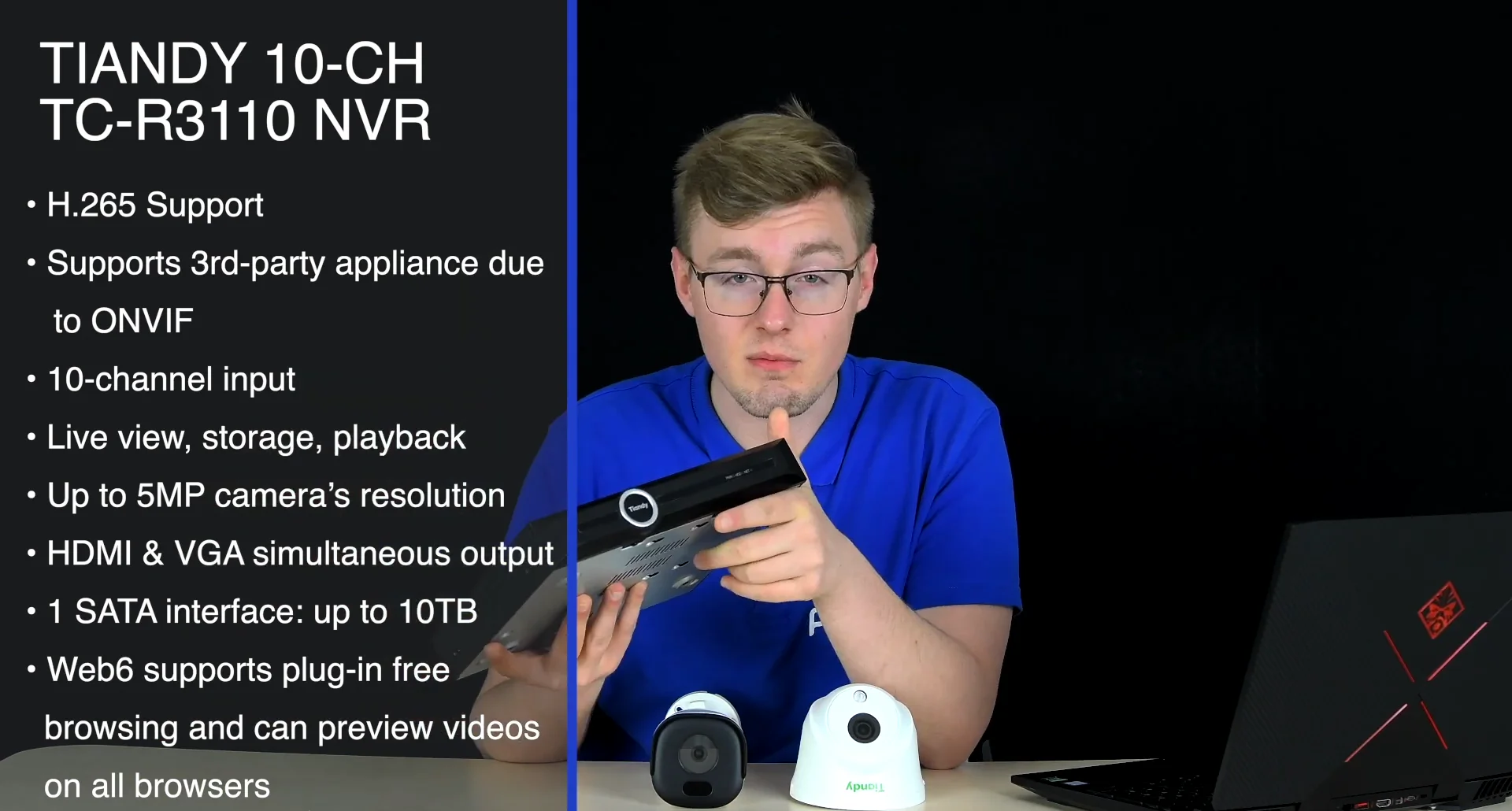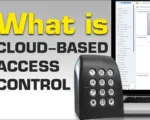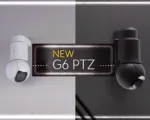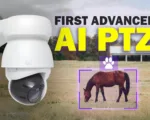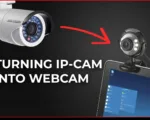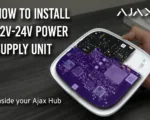It isn’t hard to produce cameras nowadays, as we see it, find a factory in China that has ever produced cams and pay them to repeat it, OK. An obstacle is software, client service, and modern technologies. And this is where I was pleasantly surprised. Tiandy video surveillance kit, consisting of an NVR, bullet, and dome-type security cameras, is our main dish today.
Those things that caught my attention are: a 10-channel network recorder that I find a bit unusual, cause, you know, 10 instead of 8. And the same regarding all other video recorders from Tiandy. 5 instead of 1, 20 instead of 16, and you get the idea, a geometric sequence. One more, two more, 4x more channels. Another thing is that we’ve got a PoE power and internet supply support over 1 twisted pair cable, which is absolutely uncommon for lite and budget stuff, and I love this technology, even though it’s elementary, so that’s good. Regarding everything else, that’s your basic video surveillance system. Now, the appliance itself.
Tiandy Network Video Recorder
Inside NVR’s box, except the video recorder, we’ve got user manual, warranty card, 2x 40-12V power brick and power cable, screws for fastening hard drive into the recorder, and the mouse. NVR is made entirely from thin aluminum. Due to the ring with branding on the front side, you would never mistake it for any other brand. Power, hard drive, and network status indication on the NVR. On the rear part – audio out, reset button hidden deeper behind this hole, VGA input for monitor, HDMI, two USB ports, RJ forty five jack for network cable, and 12 volt DC power in.
Tiandy’ Cameras
Cameras’ boxes fit inside of them warranty cards, mounting stickers, packs with screws and anchors, and the RJ-45 waterproof caps, the contents is identical for both boxex, and now the cameras. The plastic body is the 1st thing that catches my eye, telling us the appliance we review comes from a budget model line, so the trick with plastic outdoor security devices is to install them high enough so that a person could not reach them. Though. plastic used as a main material doesn’t mean you will have weather-related problems, as the body is actually a solid piece of plastic with no cutouts and open joints, confirmed to be IP67 rate, protected fully against intrusion and is dust-tight and water resistant to high pressure jets and will stand full immersion for up to 30 minutes at a depths up to 1 meter.
The Tiandy dome camera, though, is rated as IP66 as dust-tight and protected against high-pressure water jets with no immersion. What’s interesting is how they made it even cheaper. This top half part is metal, but the bottom part of the ball is plastic with an incision between them. For the bullet, we have a ball-type adjustable joint that we can loosen a bit and fix the required incline angle. From the basement comes a classic for network cameras RJ-45 twisted pair cable port, and a 12V power input. All that we’ve got on the front panel is a 2.8 mm 1080p camera lens, able to record at 30FPS, and here’s some footage taken on it so you can see the image quality with your own eyes
On the front, we also have a cutout with infrared LEDs behind the glass for night vision, which operational night view range, surprisingly, is 50 meters away from the camera. Dome turret-type camera has the same tail, body is made from 2 parts – the bracket and ball camera, mostly plastic with a bit of metal. 4 mm. 1080P Camera lens, able to record in 30FPS. Here’s footage taken on it as well
And that around the lens there’s infrared edging with night view range parameter in 30 meters and a flashlight above it.
Features: Video Recorder
The set of features for me starts from H.265+ compression rate support, which cuts a video file size by about 2x times lesser in compared to the 264th codec. Our video recorder is a 10-channel, on every single one supports cameras with up to 5 MP resolution, sustains all modern video encoding formats, and is able to be paired up with 3rd-party cameras due to the ONFIV support and certification. Live view, storing, and playback – this is a recorder. 1 SATA interface inside to connect up to 10 terabytes of hard drive storage, which is really nice, because budget recorders commonly support twice less, around 5 terabytes, always, no more, that’s a big plus. And due to Web6 technology implemented, Tiandy got rid of issues with a recorder setup on a web interface in an internet browser, made it completely 3rd-party browser plugins, and thus you can finally disable your Internet Explorer, usually used for web interface setup, as manufacturers don’t really do this. Thanks, Tiandy.
Features: Cameras
Cameras are alright, as mentioned earlier – PoE for both of them, IP67 rating for bullet, IP66 for dome. Both are 2-mp 1080p that record in 30 FPS, but the bullet is 2.8 mm focal length, the dome is 4mm, so consequently, 82.1 degrees FOV with the bullet and 97.4 for the Dome. Infrared night view distance is 50 m. For bullet, and 30m for dome. 11 languages supported, all modern formats, encodings, and protocols are good too, so you won’t have any trouble with making it communicate with any other appliance.
The Service
Where all low-budget stuff suck is a service. A web interface, integrations, software features, and modern protocols support. And surprisingly, Tiandy made it pretty well. Now what’s awesome is that after you plug a network and power into the recorder, you just go to IP-address, specified on recorder’s box – and boom, no software downloads, no need to use Internet Explorer or download any plugins: you’re on the recorder’s web interface out from the box. And from here you activate it: user name, password, email for a password recovery, and et on.
There are things that I mark as moderate, ordinary, regular, and average, and these words are applicable to Tiandy. But out of that ordinary and average, they offer it in a really good shape with some details that are more common among higher-level equipment. For cameras under 50 dollars, it’s good. So if I were to go for something this cheap and alike a low-budget entry-level system, for now I would pretty much take Tiandy.
